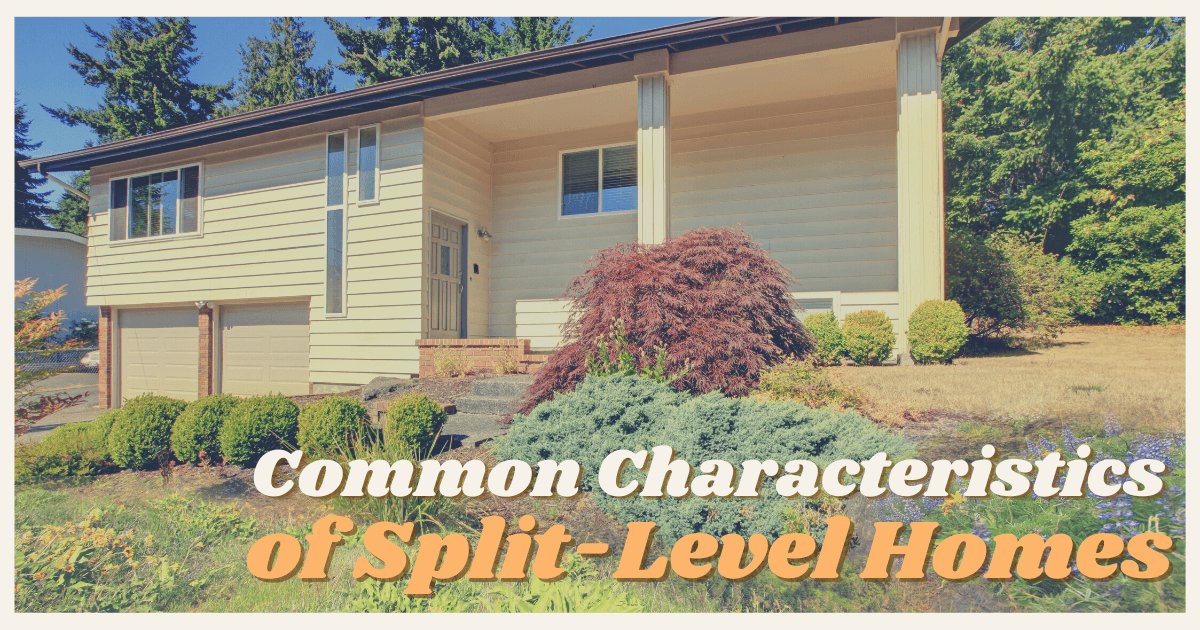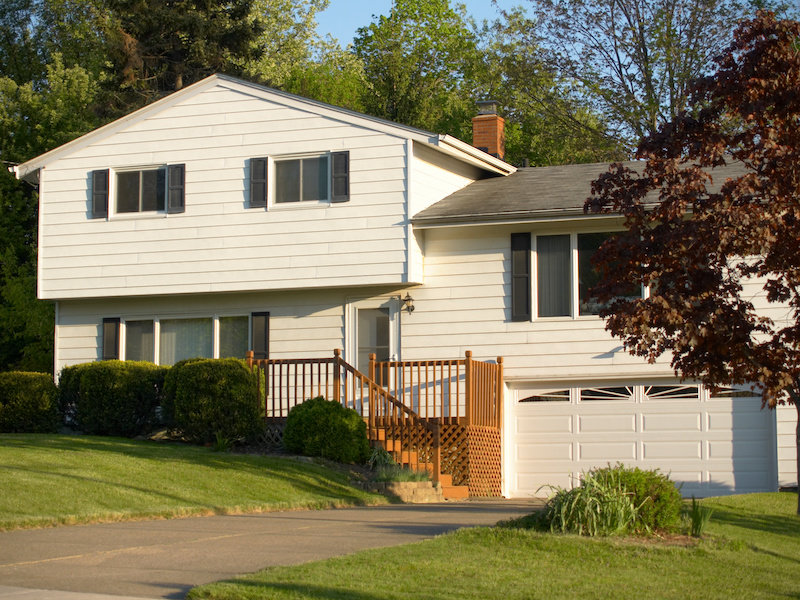Split-Level Architecture Guide: Common Characteristics & Features
Posted by Edmonton Homes.ca on Monday, July 25th, 2022 at 9:11am.

Split-level homes offer a unique style of architecture for homeowners who want a larger house that doesn't take up any additional yard space. The staggered floors in a split-level home also mean that certain rooms are quieter, such as the home office or bedrooms. This home style uses space more efficiently and tends to offer more privacy than a single-story home where the bedrooms are on the main level. Keep reading to learn the most common features of split-level homes and why potential homebuyers should consider them.
What Does "Split-Level House" Mean?
A split-level house is designed so that short staircases connect different levels of the home. Whereas a typical two-story home might have a complete staircase to reach the second story, a split-level can have multiple shorter staircases. The roof over each house section tends to be staggered, with an attached garage making the shortest addition.
Split-level homes first became popular in the 1950s and '60s with the development of suburbs because they were perfect for constructing on sloped lots. The most common style of split-level home is divided into three sections. The living room is on the main floor, while the kitchen, bathrooms, and bedrooms are on the higher floor. Finally, a space that can convert into a den, rec room, or an additional living room is on the basement level. However, the basement level on a split-level home is usually not fully underground.
Another common feature is large bay windows in the living room to allow as much natural light as possible. Low-pitched roofs are also typical in split-level homes because they all for maximum space in the taller sections of the house.
Types of Split-Level Homes
Four main types of split-level homes were initially developed. A fifth style, the split-level ranch, came along later. Here's a description of each kind of split-level home:
- Standard Split: The standard split is the most common type of split-level home that buyers are likely to find. The front door to the house is at ground level, and additional levels are reached via short staircases. As mentioned above, the lowest level is typically reserved for a rec room, den, or garage. The middle level is home to the living room, kitchen, and dining room. Bedrooms and bathrooms are then separated at the top level.
- Side Split: In a side split, all of the staggered layers of the home are visible from the street. Even the roof will have a stair-staggered look, with each level of the home having a separate roof system. The garage is usually on one side of the house, with the bedrooms stationed above it. The living room, kitchen, and dining room are on the other side of the house. The most famous side split was the home featured on television's "The Brady Bunch."
- Back Split: A back split home is unique because it looks like a traditional ranch or bungalow home from the street. The different levels on a back split are concealed behind the house and towards the backyard.
- Stacked Split: A stacked split home can have as many as four or five levels, separated by four or five short staircases. Stacked split homes tend to be much larger and fall into the luxury home category.
- Split-Level Ranch: A split-level ranch typically started as a traditional ranch-style home, but additional levels were later added to it by previous owners. This home style is much less common, making it a unique find for homebuyers.
Common Features of Split-Level Homes

Split-level homes have some additional features distinguishing them from other types of traditional Canadian homes. For example, we mentioned the low-sloped roofs on this type of home above. This design feature allows for higher ceilings inside the house. Upper levels of the roof are usually cantilevered over a lower level, allowing the builder to increase the square footage without taking up more yard space.
Split-level homes typically have a facade with minimal decoration or features. The staggered roof levels give these homes a unique asymmetrical look from the street. Because these are primarily a suburban home type, they usually have an attached one- or two-car garage on one side of the home. The front side of the house will have the main entrance, a large bay window in the living room area, and a few smaller windows.
Split-level homes are also known for having open interior floor plans to maximize square footage without creating a larger footprint on the lawn. The appearance of split-level homes makes them perfect for those who want more creative landscaping features in their front yard.
What's the Difference Between Split-Level and Bi-Level?
Split-level and bi-level can often be seen used interchangeably, but they're actually referring to two different home styles. Split-level and bi-level homes are both designed to make efficient use of space, but there are some key differences between the two styles.
A split-level home has a set of stairs that leads up to the main living area, while a bi-level home has two levels of living space that are connected by a set of stairs. This can give each type of home a distinct feel. Split-level homes tend to be more open and airy, while bi-level homes can feel more cozy and intimate. Both styles of home can be great choices, but it's important to understand the differences before making a decision.
Split-Level Homes Are Making a Comeback
Homebuying preferences are trending back toward split-level properties. This unique home style allows for larger interior living space and thus larger households. Buyers are also finding them attractive because they don't resemble many suburban tract houses, giving owners a unique home that stands out from the rest.

